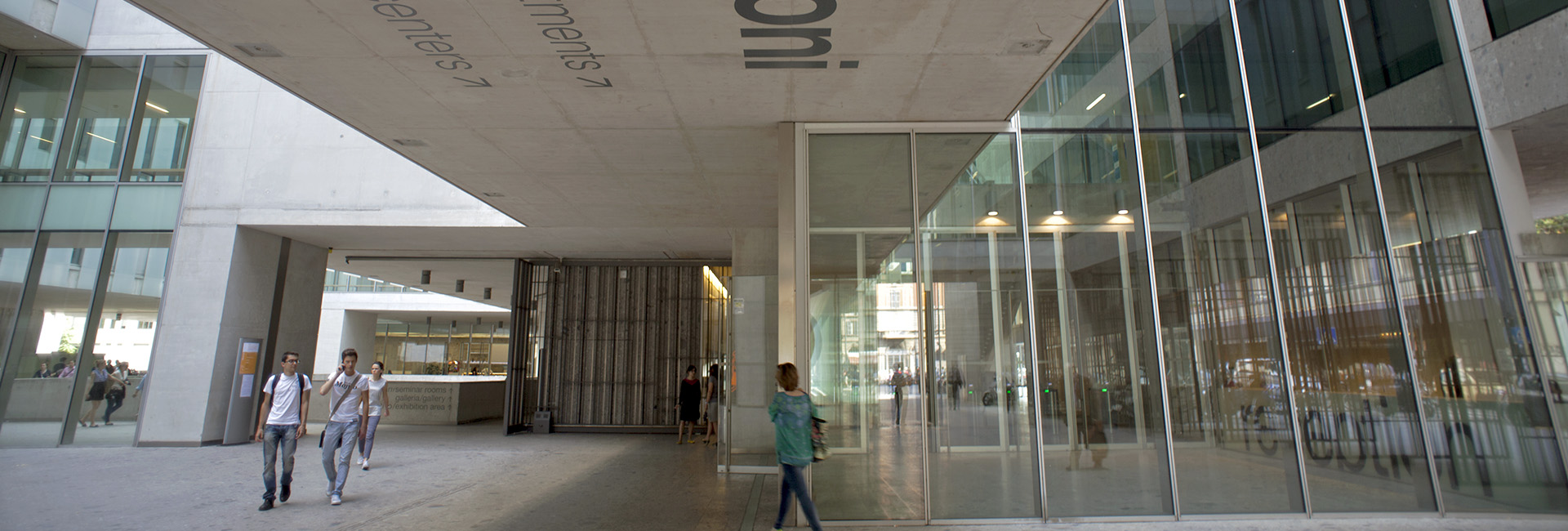6188 - MANAGEMENT OF FASHION AND DESIGN COMPANY
CLEAM - CLES - CLEF - BIEM - CLEACC - CLMG
Course taught in English
The course is aimed at providing an overview of the fashion system and an in-depth understanding of the strategic, organizational and managerial features of fashion and design-based companies, both in the high end and in the mass market. To achieve such a goal, the course analyzes industries and companies offering symbol intensive goods by adopting the models and tools of business administration and strategy (i.e. industry analysis, business models, positioning strategies etc.).
The course is strongly recommended to students who would like to carry out a final thesis on fashion and design-based companies.
The learning process is facilitated through stimulating teaching methods such as case histories, guest speakers and field projects, taking advantage from being located in a leading fashion centre as Milan.
-
Defining fashion
-
Industry segmentation and main business models in fashion (luxury, fashion designers, premium brands, fast fashion)
-
Fashion pipeline, timing and management of fashion trends
-
The competitiveness of national models: France, Italy, US
-
Consumer segmentation in fashion
-
Defining positioning in fashion: product, distribution and communication strategies
Attending students
The final evaluation is based on a written exam (3 questions related to topics discussed in class and described in the textbook) for all the exams in the academic year (70% of the final grade).
The written test is only focused on paragraphs quoted in the program.
Attending students are requested to carry out a group field project (5 people) that counts for the remaining 30% of the final grade. The project grade is valid for a semester.
Non-attending students
The final evaluation is based on a written exam (4 questions related to topics present in the book, with the exception of Chapters 2, 4, and 5). One of the questions is related to Benetton or Patrizia Pepe case histories.
Attending students
-
E. CORBELLINI, S. SAVIOLO Managing Fashion and Luxury Companies, ETAS 2009.
Non-attending students
-
E. CORBELLINI, S. SAVIOLO Managing Fashion and Luxury Companies, ETAS 2009.
-
E. CORBELLINI Patrizia Pepe advanced quick fashion case
-
F. RINALDI The Italian alternative to fast fashion: strategic changes at Benetton, 2003-2007. United Colors of Benetton case
The course is aimed at providing an overview of the fashion system and an in-depth understanding of the strategic, organizational and managerial features of fashion and design-based companies, both in the high end and in the mass market. To achieve such a goal, the course analyzes industries and companies offering symbol intensive goods by adopting the models and tools of business administration and strategy (i.e. industry analysis, business models, positioning strategies etc.).
The course is strongly recommended to students who would like to carry out a final thesis on fashion and design-based companies.
The learning process is facilitated through stimulating teaching methods such as case histories, guest speakers and field projects, taking advantage from being located in a leading fashion centre as Milan.
-
Defining fashion
-
Industry segmentation and main business models in fashion (luxury, fashion designers, premium brands, fast fashion)
-
Fashion pipeline, timing and management of fashion trends
-
The competitiveness of national models: France, Italy, US
-
Consumer segmentation in fashion
-
Defining positioning in fashion: product, distribution and communication strategies
Attending students
The final evaluation is based on a written exam (3 questions related to topics discussed in class and described in the textbook) for all the exams in the academic year (70% of the final grade).
The written test is only focused on paragraphs quoted in the program.
Attending students are requested to carry out a group field project (5 people) that counts for the remaining 30% of the final grade. The project grade is valid for a semester.
Non-attending students
The final evaluation is based on a written exam (4 questions related to topics present in the book, with the exception of Chapters 2, 4, and 5). One of the questions is related to Benetton or Patrizia Pepe case histories.
Attending students
-
E. CORBELLINI, S. SAVIOLO Managing Fashion and Luxury Companies, ETAS 2009.
Non-attending students
-
E. CORBELLINI, S. SAVIOLO Managing Fashion and Luxury Companies, ETAS 2009.
-
E. CORBELLINI Patrizia Pepe advanced quick fashion case
-
F. RINALDI The Italian alternative to fast fashion: strategic changes at Benetton, 2003-2007. United Colors of Benetton case





